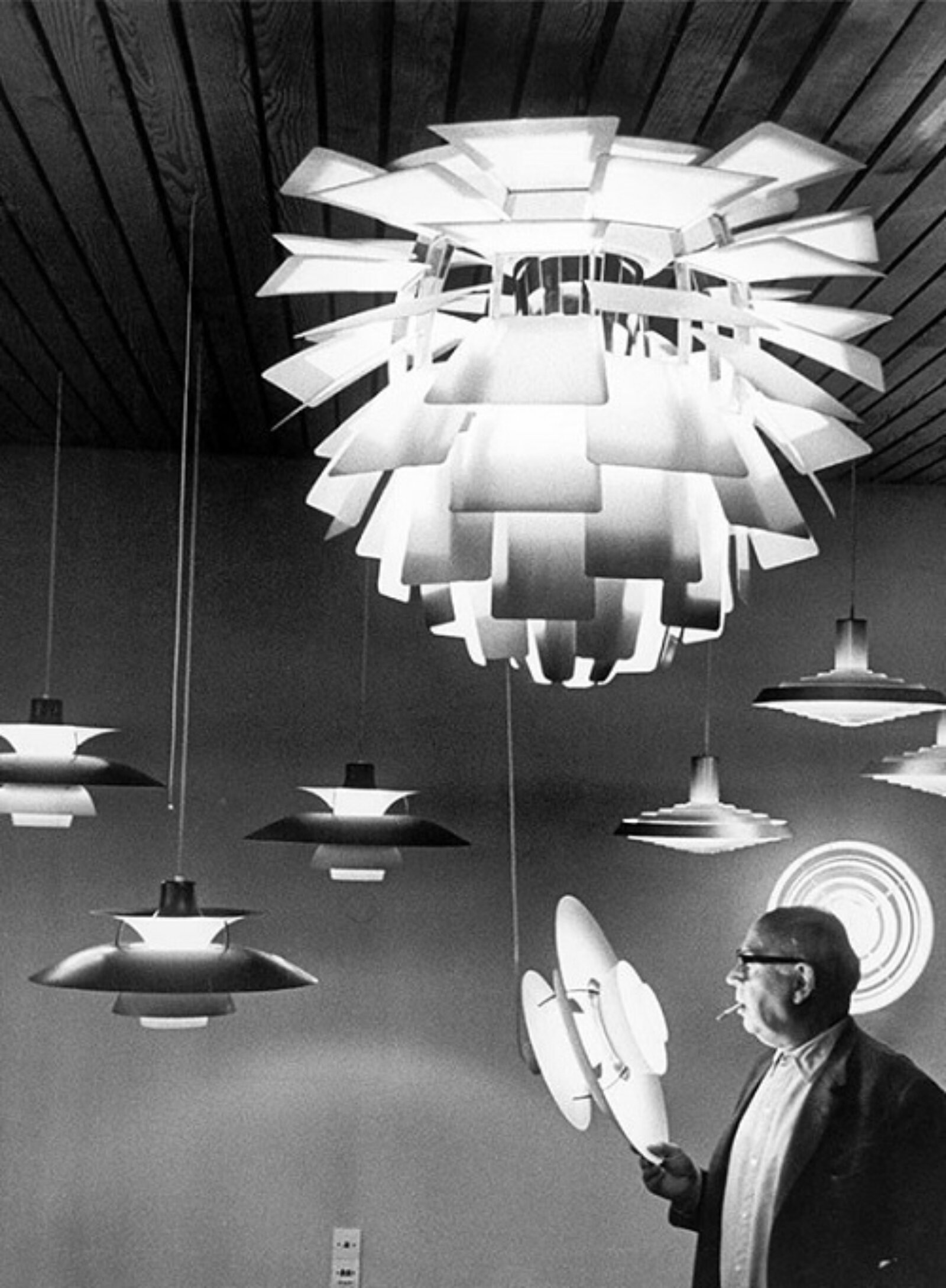blog
The building blocks of architecture - light and shadow
Blog — 25 Apr 2023
Light is undeniably one of the building blocks of architecture, to quote Le Corbuisier “Architecture is a learned game, correct and magnificent, of forms assembled in the light.”
Spending time in Copenhagen reminds us that nowhere in the world is light as valued as it is in Scandinavia. The geography of the region clearly plays its part, long dark winters and light filled summers present extremes that impact not only the rhythm of life but the organisation and design of buildings. The big skies, changing cloudscapes and the abundance of water constantly reflect and filter daylight which animates the way we see spaces and forms. As a result, Nordic architects seem to understand how to use light instinctively.

Louisiana Art Gallery is located on the coast in Humlebaeck, 35km north of Copenhagen, it is a modest 19th Century villa, oriented to the east with long views framed by mature woodland across the Oresund Sound to Sweden. In the 1950s the property was acquired by Knud W Jensen, who, having sold his family business, had a passion for art and an ambition to create a gallery to showcase Danish modernism. Working with the architects Jorgen Bo and Wilhelm Wolhert, the house was extended with delicate single storey glazed links that form a route through the landscape to the gallery spaces, over the years this has been further extended along similar principles and now there is a circular route that leads you back to the villa. It is a unique gallery, a place where art, architecture and nature seamlessly integrate, but most importantly it is daylight that animates the buildings and the sculpture.


The influence of Scandinavian design is global, as is evidenced most clearly by their furniture, light fittings and homeware. It has undoubtedly shaped the way generations of western architects use light to emphasise form and material. Architects such as Aalto, Jacobsen, Asplund, Utzon and Lewerentz sit happily alongside the great modernists that defined mid-twentieth century architecture. In Copenhagen Peder Vilhelm Jensen Klint’s extraordinary expressionistic Grundtvig Church was completed in 1940 and is an essay in the play of light and surface on one material – brick. When daylight is a precious commodity, it is treated with care and used judiciously, it is both functional and beautiful.

Painting follows a similar path. As Vermeer defined the Dutch domestic interior of the 1670’s, Hamershoi’s paintings do the same for the Danes. His painting ‘Dust motes dancing in the sunbeams’ from 1900 attempts to paint light as a compositional element, a part of the room’s interior. Almost all of his work is seeking to understand light and place, often the flat grey light of an overcast sky, or as seen here the play of sunlight on an interior.

Of course, shadow plays its role, it is the form that we see, space is concretised when light cannot reach it. Without shadow we would not have form, something that the roster of great 20th century Scandinavian designers fully understood, this is well illustrated by Paul Henningsen’s Artichoke lamp, which is as much about shadow as it is about light.

I will leave it to Louis Kahn, who incidentally was born in Estonia, and whose beautiful prose captures the poetics of light:
“All material in nature, the mountains and the streams and the air and we, are made of Light which has been spent, and this crumpled mass called material casts a shadow, and the shadow belongs to Light.” (Louis Kahn).